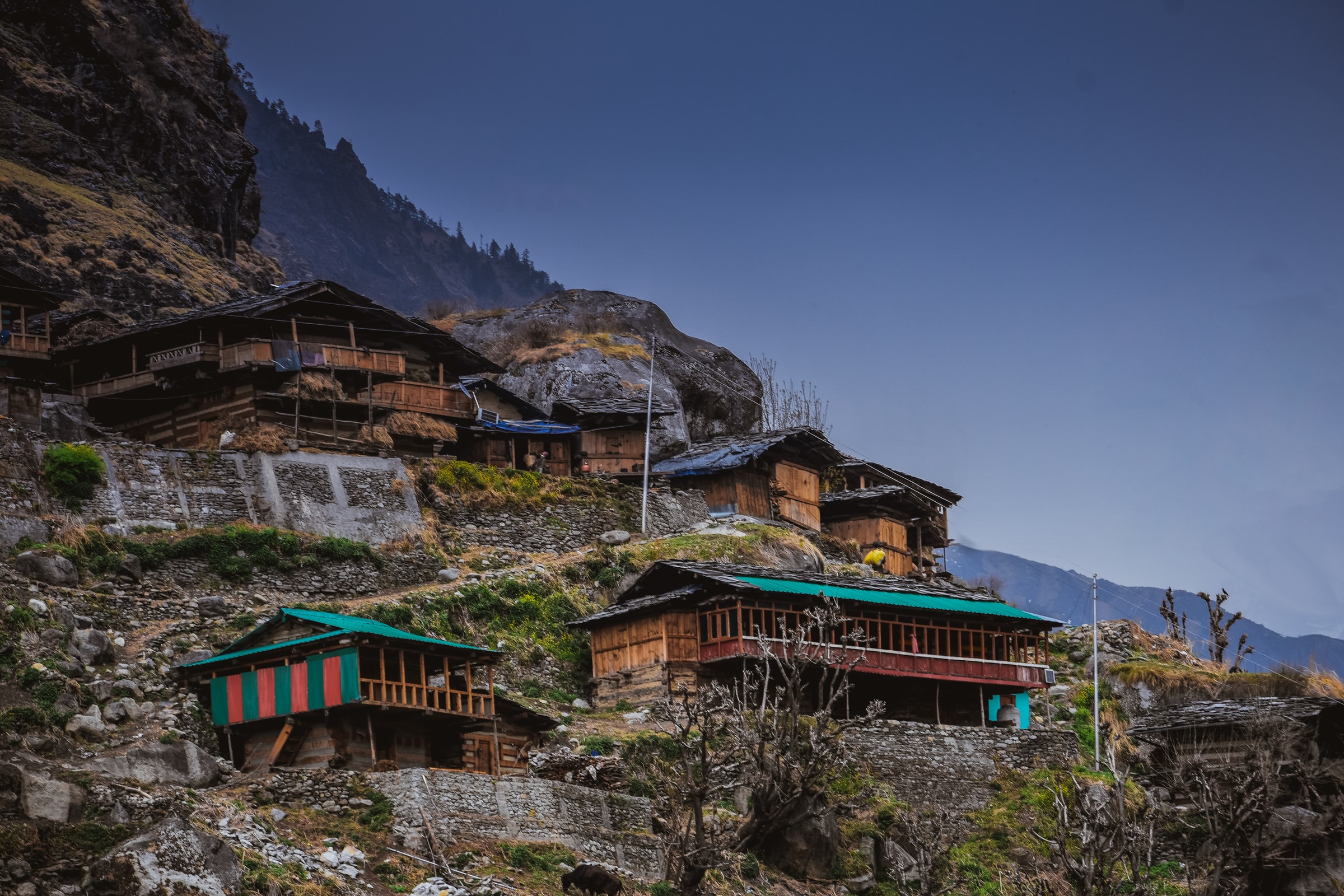Vernacular Construction Techniques in Kangra Region
Course Name: Vernacular Construction Techniques in Kangra Region
OCW type: Course
Higher Education Institution: National Institute of Technology (NITH), Hamirpur

Description of course
Aim: To explore the Resilient Vernacular Construction Techniques in Hills.
Course Objectives:
To identified the vulnerable locations in Kangra Region.
To identify various existing Vernacular Construction Techniques.
Studying the level of resilience provided/ gained by using Vernacular construction techniques for mitigating the adverse impact of landslide, cloud burst, flood and earthquake
To suggest context-based planning and design strategy for Resilience community planning.
Learning Outcomes: Upon successful completion of the course, the students will be able to:
Understand the Vernacular practices in Himachal Pradesh.
Analyze the sustainability of vernacular construction techniques.
Understand to resilience of vernacular construction techniques.
Course Structure
Course Duration: 12 weeks
Course Frequency: The course designed to be conducted every year with varied locations having indigenous construction vocabulary.
Course Format:
1. Lecture:
- Hill architecture, Building Types, techniques and materials of vernacular architecture of Himachal Pradesh
- Definitions of resilience; Types of Resilience: Community resilience; Effect of Climate change and natural disasters on resilience
- Vulnerabilities and its assessment in hill settlement(s)
2. Literature Study: Study of Vulnerability Atlas; Disasters Management in Himachal Pradesh; Literature review of various studies.
3. Site study and analysis: Study area data collection and site system analysis.
4. Design Studio Exercise: Design intervention based upon the gained knowledge and discussion.
Course Content
Prerequisites for participation: All the admitted students of M.Arch. (Sustainable Architecture), Department of Architecture, NIT Hamirpur.
Course Syllabus:
Unit 1
- Hill architecture and its unique attributes and concerns.
- Concept and Importance of resilience; Types of Resilience
- Vulnerabilities and its assessment in hills
Unit 2
- Building Types, techniques and materials of vernacular architecture of Himachal Pradesh;
- Koti Banal Architecture (Kath-Kuni), Thathara houses, Dhajji construction etc.
Unit 3
- Measuring resilience of Vernacular construction techniques.
- Relevance of Vernacular construction techniques in present contexts: Social, economic and Environmental.
- Measuring Community Resilience of proposed design.
Course Assignments:
| Assignments: | Study of Disasters Management in Himachal Pradesh |
| Identifying various existing Vernacular Construction Techniques | |
| Literature review of various studies | |
| Design Exercise: | Study area and relevant data collection |
| Design Exercise: | Analysis and Design |
Expected time spent on course:
Time spent in hours: 75 hours
Time spent in ECTS (European Credit Transfer and Accumulation System): 3 ECTS
Course Grading
Assessment Criteria and Distribution of Marks:
|
Stages & Details |
Percentage of Total Marks |
|
5% |
|
20% |
|
10% |
|
5% |
|
10% |
|
20% |
|
30% |
|
Total |
100% |
Course Evaluation
Evaluation Procedure & Criteria:
The evaluation Procedure & Criteria is as per Section 7. Evaluation and Grading system for Course work/project/training (7.2.c Studio Courses Having Lectures and Drawings) given in Ordinances For Master Programmes of NIT Hamirpur, available at: https://www.nith.ac.in/uploads/topics/15826280304025.pdf.
Faculty Evaluation:
National institute of technology, Hamirpur has an institute wide faculty evaluation format which is filled by Students at the end of every semester.
Student Evaluation:
Students are evaluated at a continuous basis. Viva and Presentations at regular intervals are conducted during the semester. End semester evaluation is done by external faculty member. In addition students are also evaluated on the basis of literature understanding and related assignments.